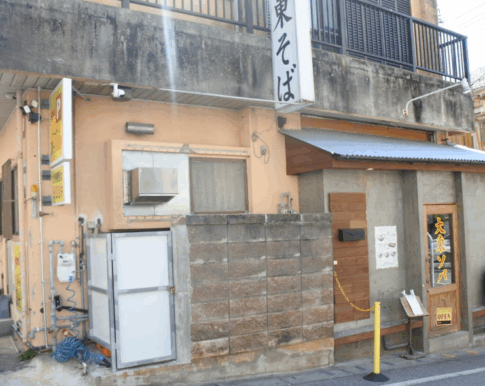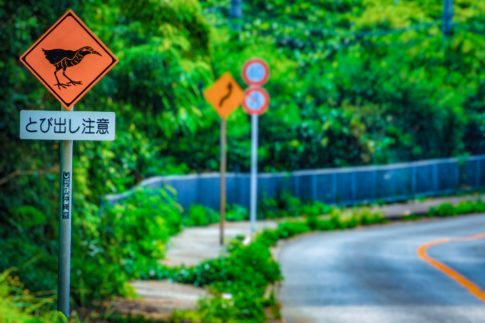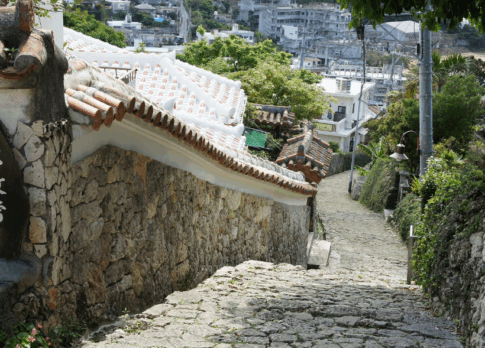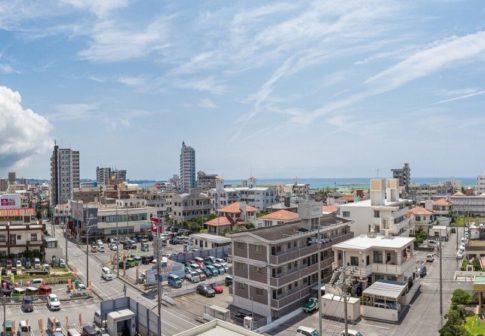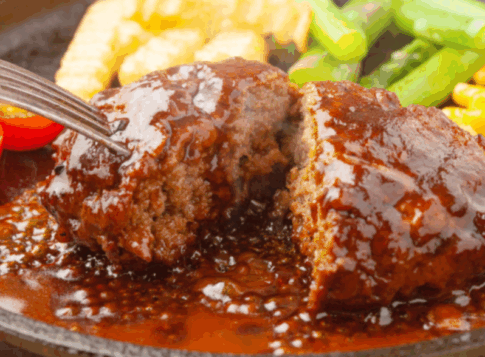Yachimun” is an Okinawan dialect word for pottery.
Yachimun-no-sato is a sightseeing spot located in Yomitan Village, about 60 minutes north of Naha Airport on Route 58. Yomitan Village is famous for Yachimun, with more than 70 pottery studios. Among them, “Yachimun-no-Sato” is a craft village with 19 unique pottery studios and galleries.
There is a parking lot, so you can park your car and feel the Okinawan sea breeze as you walk through Yachimun-no-Sato.
History of Yachimun-no Sato
History of Yachimun-no-Sato

Yachimun, a traditional Okinawan craft, developed in Tsuboya, Naha City, from kilns that had been scattered throughout the Ryukyu Kingdom.
In the 1970s, the population and housing increased in Tsuboya, Naha City, and the smoke emitted from kiln firing became a problem. So the potters moved to Yomitan Village in search of new land.
Jiro Kaneshiro, a master potter known as Okinawa’s first living national treasure, also moved to Yomitan Village.
Today, Yomitan Village, where many potters’ works were born, has become a sacred place for Yachimun, attracting Yachimun fans from all over the prefecture.
Yachimun techniques and patterns
Yachimun is characterized by unique patterns and painting.
Arabesque: The most common pattern. The infinitely extending ivy is said to represent eternity, longevity, and prosperity of descendants.
Dot-uchi: A round pattern that is traditionally hand-painted. Dotted pattern. Warm and lovely impression.
Senbori: Patterns applied with lines. Fish pattern line carving is standard. It is a lucky pattern for prosperity of offspring.
Akae: Vivid reds such as daisies and bougainvillea are the characteristics of this pattern. The red color is said to be time-consuming, but it is a very elegant shade.
If you know the characteristics of these patterns, you can enjoy the charm of Yachimun more.
Check it out! Yachimun Market
In Okinawa, pottery fairs are held on a regular basis. This event is looked forward to by pottery fans and Okinawans from all over the country, as they can purchase works from various potteries at reasonable prices.
In addition to the Yomitan-yaki Pottery Market held jointly by the Yomitan-yaki Kiln and the Yomitan-yaki Kita Kiln in mid-December every year, there is also the Yomitan Yachimun Market held around February every year.
You should not miss the pottery market, where the charm of Yachimun comes together!


